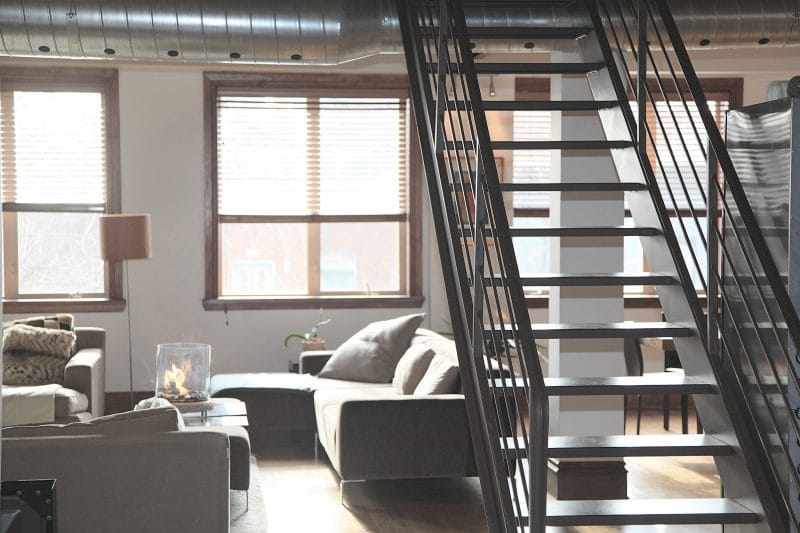
Your indoor air quality and overall comfort rely heavily on a specification called “air exchange rate.”
Your HVAC system continuously delivers new air volume to every room through supply ducts while removing air through the return ductwork. How many times this turnover occurs in one hour in any given room is the air exchange rate. For example, in a room with a calculated exchange rate of 8, the total volume of air in the room is removed and replaced by new incoming air 8 times per hour.
How Many Air Exchanges are Recommended?
Air exchange rates depend on the size, occupancy, and activity level inside a room. A single bedroom, for example, might have a recommended rate of 6, while a kitchen or family room might require air exchange of 8 for optimal air quality and temperature control.
How is Air Exchange Calculated?
Using specialized equipment to measure incoming airflow through supply vents, an HVAC technician determines air volume expressed in cubic feet per minute (CFM). After multiplying the figure by 60 minutes per hour, that result is then divided by the total volume of the room, determined by multiplying dimensions of length x width x height. This final figure represents the current air exchange rate for that specific room.
How Can You Improve Air Exchange?
An air exchange rate that doesn’t meet recommended specs may result due to:
- System airflow is “unbalanced.” Certain rooms receive excessive air volume while others get too little, depending on location relative to the system blower. A qualified HVAC tech can test and restore system airflow balance by adjusting internal ductwork dampers.
- System blower needs replacement. An aging, worn-out blower may not circulate sufficient air volume through ductwork to produce recommended air exchange in all rooms.
- Supply ductwork is defective. As years pass, residential ductwork leaks circulating air due to overall deterioration, disconnected segments and other defects. Your HVAC contractor can test ducts to evaluate extent of leakage and suggest sealing options to restore airflow.
Need more info about improving the air exchange rate in your home? Contact the professionals at Jackson & Sons.
Jackson & Sons, Inc.
Our goal is to help educate our customers in Eastern North Carolina (including Wayne, Johnston, Greene, Lenoir, Pitt and Duplin Counties) about energy and home comfort issues (specific to HVAC systems).
Credit/Copyright Attribution: “Pexels_Life Of Pix”